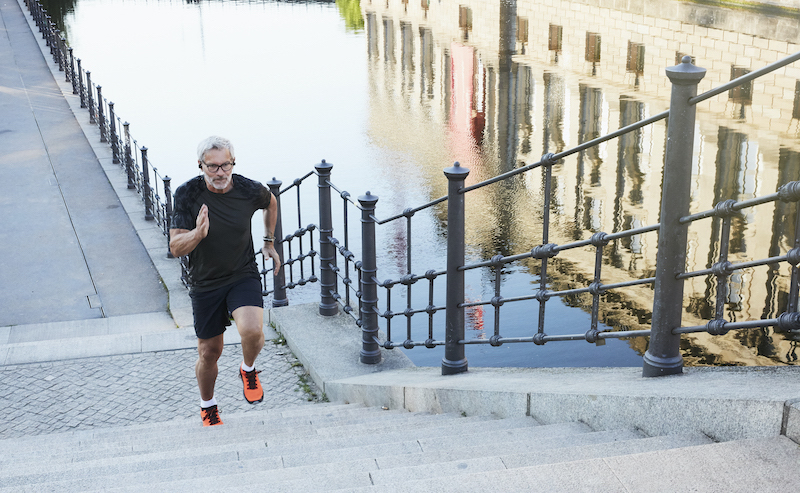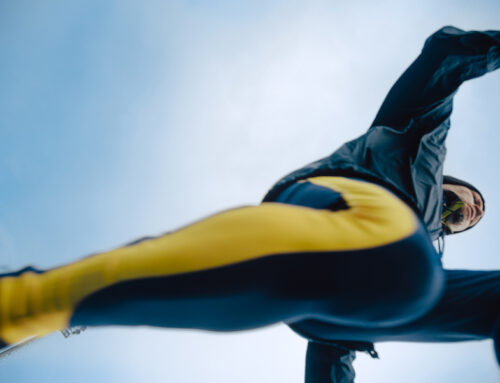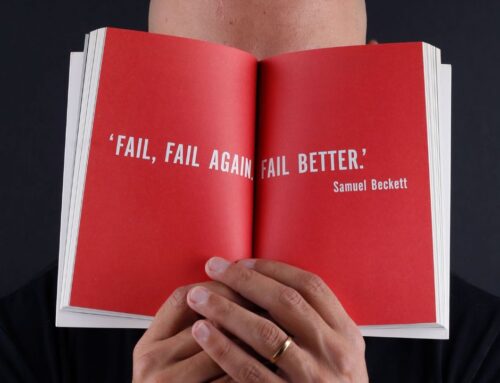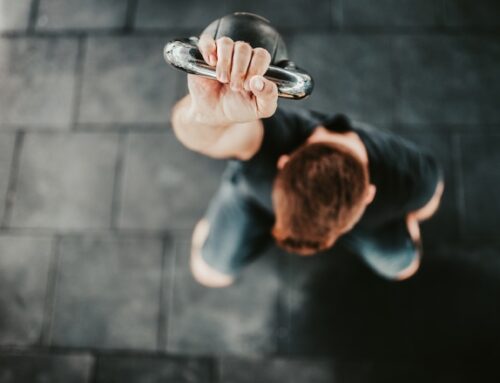With this lockdown there appears to have been a spike in the amount of people running in the community. Even from my own experiences, currently whatever time I go running or wherever I venture out I’m sure to see a few others doing the same probably because it’s one of a few activities we’re allowed out of our homes to do.
There’s been many documents on how to/ why to/ where to run but the best way is to run for enjoyment, fulfilment or satisfaction. If you’re getting nothing from it, what’s the point?
As a calorie burning exercise, yes it uses a lot but because of the way your body works you can burn as many calories running harder for less time as you do running easy for a longer duration. You can actually burn the equivalent amount of calories walking as you can running it just takes a good while longer but both methods are a great way to keep healthy and strong. Running is good to aid fat loss because of the amount of calories you can burn during, and after exercising but this only works if you don’t up your calorie intake to match your expenditure.
When you’re just diving out of the front door and getting 30 to 40 minutes underfoot it can be easy to lose your way and fall out with running. To really get the best from running you have to vary what you do, often enough to keep you engaged with the process, but not so often that your body doesn’t adapt maximally to the stimulus you’re creating.
Skeletal muscle is made up of fast twitch, slow twitch and transferable muscle fibres. Fast twitch fibres are associated with power sports or movements that require a movement to be carried out with maximum speed. Sprinting, Power Lifting and some other track and field sports are heavily reliant on fast twitch fibres. Fast twitch fibres are able to contract maximally, but tire out quickly and require time to recover.
Slow twitch fibres are the opposite. They’re associated with endurance sports, and their characteristics allow them to contract at a lower intensity for a much longer time period. The transferable element of the muscle fibres simply means that somebody naturally good at sprinting can train to become a long distance runner and vice versa but it just takes time. For example if we look at Usain Bolt, and Mo Farah, both highly decorated Olympians and both among some of the best runners the world will ever see, but Mo Farah can’t run as fast as Usain Bolt for a distance that matters, and Usain Bolt probably couldn’t run the marathon in a competitive time for the reasons explained above. Their bodies just work completely differently and their physiology is completely opposite.
Relating this back to you, and your running and what we think you should do to enjoy it. Do the running you enjoy, if you prefer sprints, do more sprint style workouts, if you like getting out and seeing sights then put together a route and get out there, but don’t be scared to do the things you don’t enjoy as much just to bring balance and challenge to the table.
Sprints, Hill Reps, Distance Reps and Stair Climbs will all tire you out, challenge you mentally and physically and bring something to the package that ‘just running’ doesn’t. Just like HIIT, this style of run is good for fat loss, it creates EPOC (that afterburn effect you don’t get with long slow endurance training) it burns a shed load of calories. Millennia ago, its how you caught your food, before modern weapons like rocks, spears and bows and arrows came about.
Give it a go;
1 – On an open area, mark out an area in the shape of a right angled triangle.
2 – Start at the right angled corner and run around the triangle.
3 – Choose one side to sprint on, and rest for the other two sides (there will be 3 different distances if you’ve done your triangle correctly), rest can be jogging or walking.
4 – Repeat 10 times.
Don’t forget to warm up and cool down as per your own requirements.







 >
>

Leave a Reply